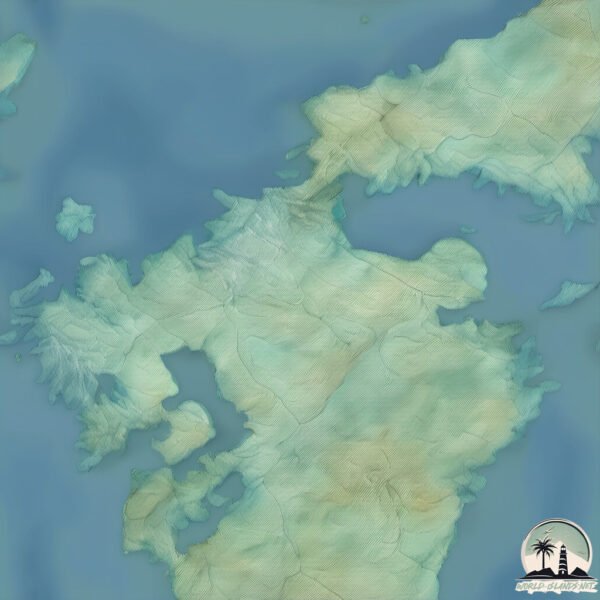Welcome to Mukō Shima , a Temperate island in the Seto Naikai or Inland Sea, part of the majestic Pacific Ocean. This guide offers a comprehensive overview of what makes Mukō Shima unique – from its geography and climate to its population, infrastructure, and beyond. Dive into the details:
Geography and size of Mukō Shima
Size: 8.131 km²Coastline: 14.6 kmOcean: Pacific OceanSea: Seto Naikai or Inland SeaContinent: Asia
Mukō Shima is a Small Island spanning 8.1 km² with a coastline of 14.6 km.
Archipel: Japan – An East Asian archipelago comprising four main islands and numerous smaller ones, known for its rich history, technological advances, and distinct culture.
Tectonic Plate: Amur – A minor tectonic plate in the region of the Amur River at the border of Russia and China, involved in complex interactions with the Pacific and Eurasian plates.
The geographic heart of the island is pinpointed at these coordinates:
Climate and weather of Mukō Shima
Climate Zone: TemperateClimate Details: Humid Subtropical ClimateTemperature: Hot Summer
Climate Characteristics: With continuous rainfall and hot summers, this climate is common in some coastal regions, supporting diverse vegetation.
Topography and nature of Mukō Shima
Timezone: UTC+09:00Timezone places: Asia/TokyoMax. Elevation: 213 m Mean Elevation: 96 mVegetation: Evergreen Broadleaf ForestTree Coverage: 76%
The mean elevation is 96 m. The highest elevation on the island reaches approximately 213 meters above sea level. The island is characterized by Hills: Gently sloping landforms with rounded tops, having a maximum elevation between 200 and 500 meters. Hills contribute to a varied landscape on islands.
Dominating Vegetation: Evergreen Broadleaf Forest
Vegetation: 7 vegetation zones – Very Highly Diverse Island
Infrastructure and Travelling to Mukō Shima
Does the island have a public airport? no .
Does the island have a major port? no .
The mean population of Mukō Shima is 588 per km². Mukō Shima is Densely Populated. The island belongs to Japan .
Continuing your journey, Kasado Shima is the next notable island, situated merely km away.
小笠原 From Chichi-island to Muko-islands , Ogasawara
父島からケータを目指す。紺碧の海。
小笠原 From Chichi-island to Muko-islands , Ogasawara
父島からケータを目指す。紺碧の海。
父島からケータを目指す。紺碧の海。
聟島列島2014(Mukojima Islands)
2014.7.10 聟島列島:嫁島~媒島~聟島(ケータ島) ブイの上にクロアジサシ[2:01]が留まっていました。 他には ...
2014.7.10 聟島列島:嫁島~媒島~聟島(ケータ島) ブイの上にクロアジサシ[2:01]が留まっていました。 他には ...
Tatsunoshima Cruise, Iki Island
Japan is classified as Developed region: G7: Group of Seven – Major advanced economies, including Canada, France, Germany, Italy, Japan, the United Kingdom, and the United States. The level of income is High income: OECD.
News – Latest Updates and Headlines from Mukō Shima
Stay informed with the most recent news and important headlines from Mukō Shima. Here’s a roundup of the latest developments.
Loading...
Please note: The data used here has been primarily extracted from satellite readings. Deviations from exact values may occur, particularly regarding the height of elevations and population density. Land area and coastline measurements refer to average values at mean high tide.

